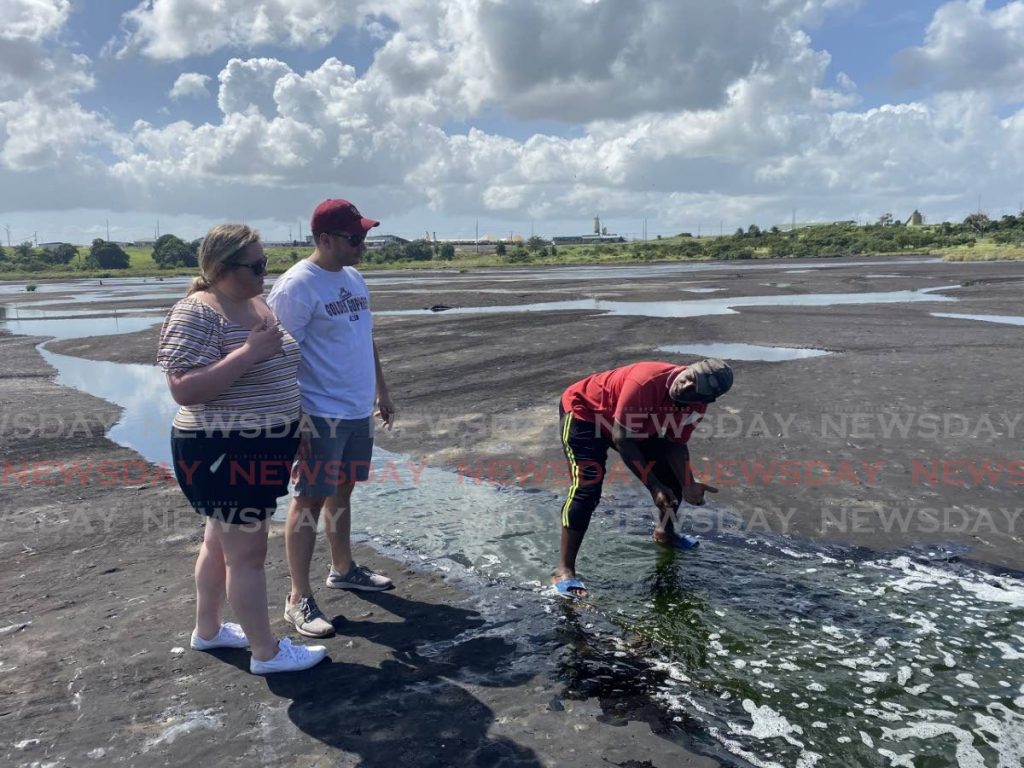The Pitch Lake – an untapped resource

We often boast of having one of the wonders of the world, the Pitch Lake, and yet despite its potential as a unique tourist attraction, the lake seems to be something we take for granted.
The lake is more than a natural resource. It has a rich history going back centuries to the First Peoples and to the time of Sir Walter Raleigh and others. It is its own time machine: objects swallowed by the lake have reportedly resurfaced years, decades, centuries later.
This alone is something that could be mined endlessly. Yet today some would say the lake, as a facility, lacks the kind of support it deserves given its status as one of our tent-pole tourist attractions.
That much seems clear from last week’s Business Day report on the lake and current facilities there. That report threw up much that is positive. For instance, it detailed the great work of the many registered tour guides who offer a vital service in contextualising the lake for visitors, local and foreign alike. Tour prices are a steal of a deal, just $30 for adults and $12 for children 12 and under. The official tour guides pool and share this money among themselves. They are not paid official wages by the Tourism Ministry or any other tourism agency; it’s almost a community service.
Official guides have to renew their licences annually, paying a $25 fee and spending $50 for a police certificate of good character. Yet, they face competition from unofficial guides who, try to poach visitors claiming alternative routes and experiences – and charging as much as US$20 (TT$140) per head for basically the same tour. That’s a challenge the registered operators should not have to contend with.
Given the poor roads and signage and the limited opening hours for facilities on site (not available on weekends) its clear much more can be done to make it easier to appreciate this natural wonder.
And the numbers show it.
According to some tour operators, there’s been a substantial drop in visitors.
Some suggest crime is a big factor. Others, a lack of advertising and promotion by the government and the relevant state tourism agencies. Yet others say the Pitch Lake is not exactly photographic, it’s more word of mouth that has driven interest in it than anything else.
Though the Pitch Lake is the world’s largest naturally-occurring asphalt deposit, we’re not the only one with such a lake. In Los Angeles, the ironically-named La Brea Tar Pits have been designated a California Historical Landmark. The website alone for the La Brea Tar Pits show how much time, effort, and resources have been put into making the site not only an attraction but also an education tool of the first order. Perhaps we need to look to this example, and do the same.
A proper plan of action should be formulated to revitalise not only the Pitch Lake, but also the entire surrounding area. While the geography of the terrain is a challenge, there are opportunities to make the attraction into part of a larger park. It’s one thing to have a wonder of the world in your backyard, it’s another thing to know what to do with it.

Comments
"The Pitch Lake – an untapped resource"